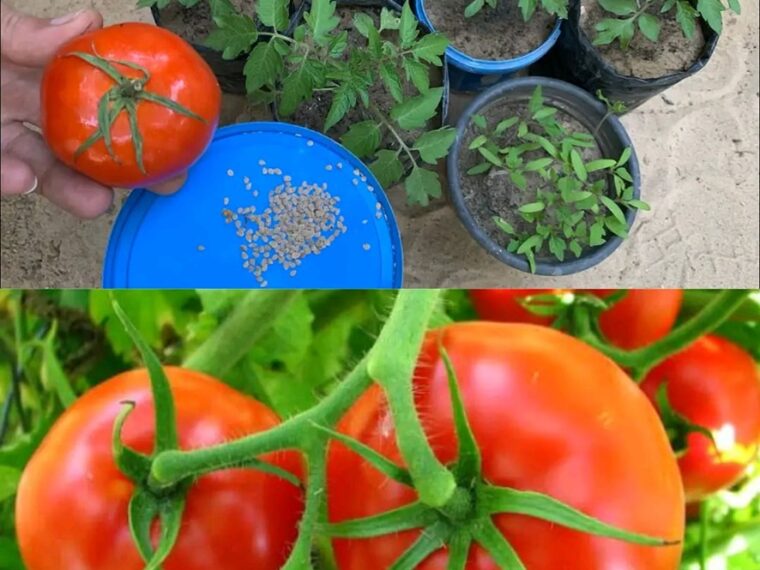If you have a vegetable garden, large or small, this method for fast-growing cucumbers and tomatoes is perfect for you. When it comes to growing cucumbers and tomatoes, many gardeners turn to natural methods to promote healthy, vigorous plant growth. In particular, an element often present in homes has proven to be a valid ally in this process. A naturally occurring compound, found primarily in citrus fruits, that offers numerous benefits for growing tomatoes and cucumbers. In this article we will see what substance it is and how to use a teaspoon of it to promote the growth and yield of tomato and cucumber plants in your garden.
Vigorous cucumbers and tomatoes, that’s how
As expected, many gardeners prefer to opt for natural solutions rather than choosing chemical fertilizers. A valid ally in this case is citric acid. Citric acid is an organic acid found naturally in many citrus fruits such as lemons and oranges.
Its acidic properties make it a powerful ally for growing cucumbers and tomatoes. Among its benefits, citric acid helps promote plant growth by providing them with adequate amounts of essential nutrients such as iron and magnesium.It also improves absorption, helping plants to better absorb nutrients from the soil , making them more available to the roots. It also proves to be an excellent preventive tool, as it strengthens the immune system of plants, making them more resistant to diseases and insect attacks.
But how do you prepare a citric acid solution for plants? Let’s find out together.
How to use the solution on plants
To use citric acid on cucumbers and tomatoes, you can make a very simple solution . Just take a teaspoon of citric acid and dilute it in a liter of hot water. Make sure the citric acid is completely dissolved in the solution by mixing well.
After preparing the citric acid solution, it can be applied directly to the soil around the cucumber and tomato plants . Use a watering can or spray bottle to evenly distribute the solution around the plant’s roots. Be careful not to spray the solution directly on the leaves to avoid burns.
Read more in page 2 :
